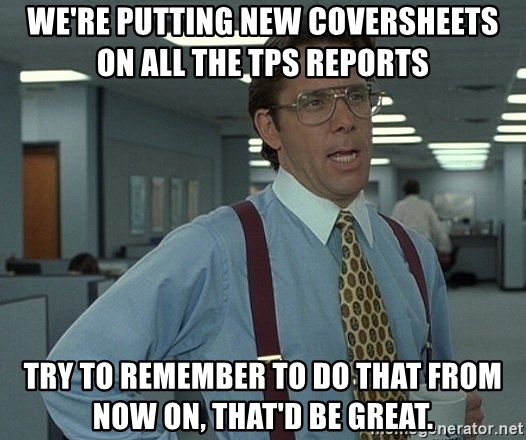We all work hard. We wake up in the morning. We drink a pot of coffee. We say hello to Nina in Corporate Accounts Payable. We sit down and open our inbox, only to see 50 “server down” alerts with a smattering of “where is my report?” and “what is the ETA on this meaningless task I assigned to you yesterday?”.
So, here you are, with so much caffeine in you that Juan Valdez has sent you a personal “thank you” card. Yet, your newfound workload will not allow you to focus any of that pending energy on a single task. As was the story yesterday, and will be tomorrow.
When we began our Unified Endpoint Management as a Service (UEMaaS) practice, our goal was to provide an ongoing consultative service to organizations that either lack in-house expertise, or need a neck to choke in case something goes wrong. However, it has evolved into much more than that.
“Keeping the Lights On”
So much of IT hype you read about online talks about “innovation.” (Don’t get me started on IoT, AI, and all that stuff your intern seems to get really excited about.) Innovation is nice, but let’s face it: Your inbox gets flooded when the everyday operations get fouled up and the organization can’t run.
It’s like that old joke: “If you think no one cares that you’re alive, try missing a few car payments.” A downed data center, a botched patching job, or a corrupt workstation image are all the missed payments of the IT world.
I don’t know about you, by I found that I never missed a bill payment once I started doing my banking online with automated reminders and payments. That’s what you need to do with your IT infrastructure. Things like:
- Improving the standards for your IT operation
- Automating repeatable processes (commissioning and decommissioning workstations, updating endpoint OS, deploying patches and updates in a disciplined way, and so on)
- Closing security gaps
- Providing on-demand transparency in the overall health of the environment
It’s these kind of “keep the lights on” activities that form the core of UEMaaS. While UEM by itself is typically thought of as a platform or software solution, UEM is a complete managed service with true UEM as a goal. (You can download our research on this from our UEM page.)
And to be honest, if you have a Microsoft Enterprise Agreement, you already have all the UEM tools you need. You got it– there’s nothing new to buy! But you do have to make sure everything is set-up and configured correctly. That’s why enterprise organizations need UEMaaS.
How UEM Works: It’s a Partnership
Initially, engineers I spoke with were concerned that we would come in and somehow replace them. Yet, over the past five years of service, what has become evident to them (and to us) is that our UEMaaS is truly an extension of an organization’s taxed IT staff. We love taking the burden of the “keep the lights on” type of tasks and working with our clients to improve standards, automate repeatable processes where we can, and providing on-demand transparency into the overall health of our clients’ environment.
One thing is certain: our UEMaaS team needs you just as much as you need us! Without the internal knowledge of a seasoned engineer who has to listen to Nina over and over day in and day out, we would not be able to make the best decisions regarding what your environment needs.
Likewise, without our UEMaaS team, the overloaded burdens placed on your team will begin to pile up in your inbox, allowing nothing to reach completion and, ultimately, leading to stagnation, affecting overall business operations. We have developed solid partnerships with those whom we manage, and the results speak for themselves!
Now that we are all on the same page, go make another pot of coffee. Sit back down (if the caffeine allows you). Hammer through some of those emails that have piled up as you were reading this. Then, contact Steve Bowman (steve.bowman@model-technology.com) to hear more about what we do and how we can extend your team. Oh, and if you could put a cover sheet on your TPS reports, that would be greaaaaat.

